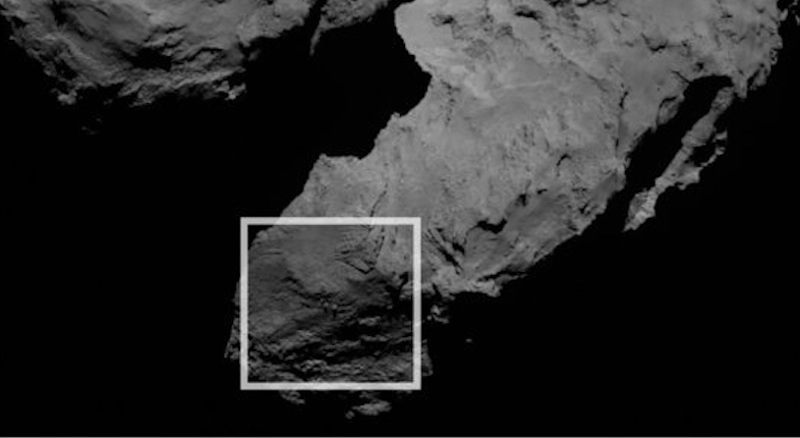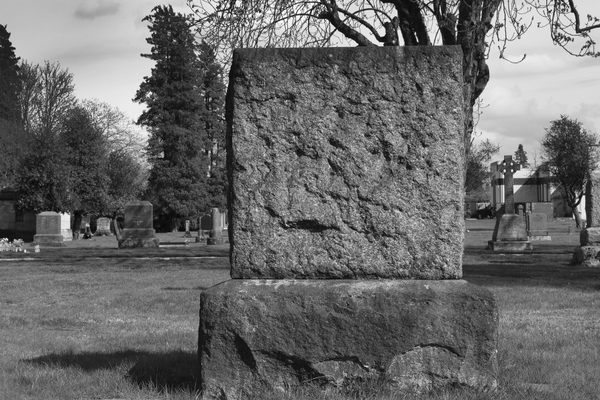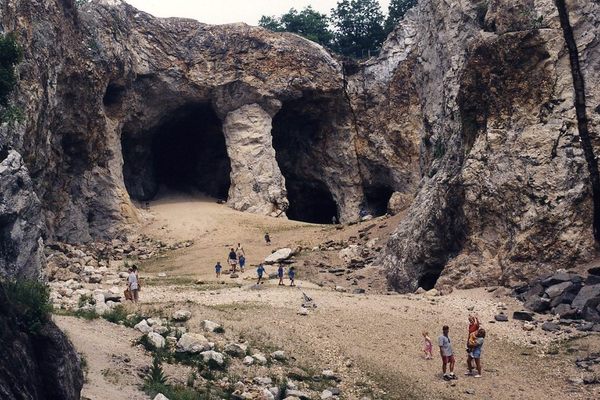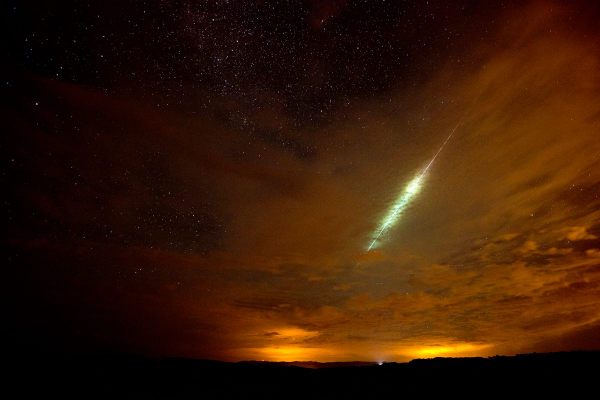Found: Giant Boulders Delicately Balancing on Comet 67P

Comet 67P, on May 3, 2015 (Photo: ESA/Rosetta/NAVCAM)
From a distance, the cluster of three boulders on the face of Comet 67p look a little bit like pimples or warts.

Look closely in the center of that square—see? (Photo: ESA/Rosetta/MPS for OSIRIS Team MPS/UPD/LAM/IAA/SSO/INTA/UPM/DASP/IDA)
But they might be something actually amazing—rocks that are balancing on their ends.
On Earth, balancing rocks are created by wind and water, which slowly erode a stone until it’s balancing on a tiny base. Or they were brought to their resting place by a glacier, which melted down until the rock hit ground and stayed.
The scientists who identified the rocks can’t be entirely sure that they’re balancing on end—after all, we’re hundreds of millions miles away, looking at images taken by Rosetta, which is much, much closer but still taking shots from several dozen miles away from the comet. If the rocks are balancing, though, what put them in that position? Is it the rolling and tumbling of the comet as it spins through space? Or something else entirely?

(Image: ESA/Rosetta/MPS for OSIRIS Team MPS/UPD/LAM/IAA/SSO/INTA/UPM/DASP/IDA)
One of these things, also, is huge—just about 100 feet in diameter. So, imagine a rock that would fill the space between home plate and first base on a baseball field, delicately poised upright.
Bonus finds: A letter from a Nazi commander to one of history’s greatest double agents, giant lake craters, a Meiji-era world map hidden on the back of a mirror
Every day, we highlight one newly lost or found object, curiosity or wonder. Discover something unusual or amazing? Tell us about it! Send your finds to [email protected].





















Follow us on Twitter to get the latest on the world's hidden wonders.
Like us on Facebook to get the latest on the world's hidden wonders.
Follow us on Twitter Like us on Facebook